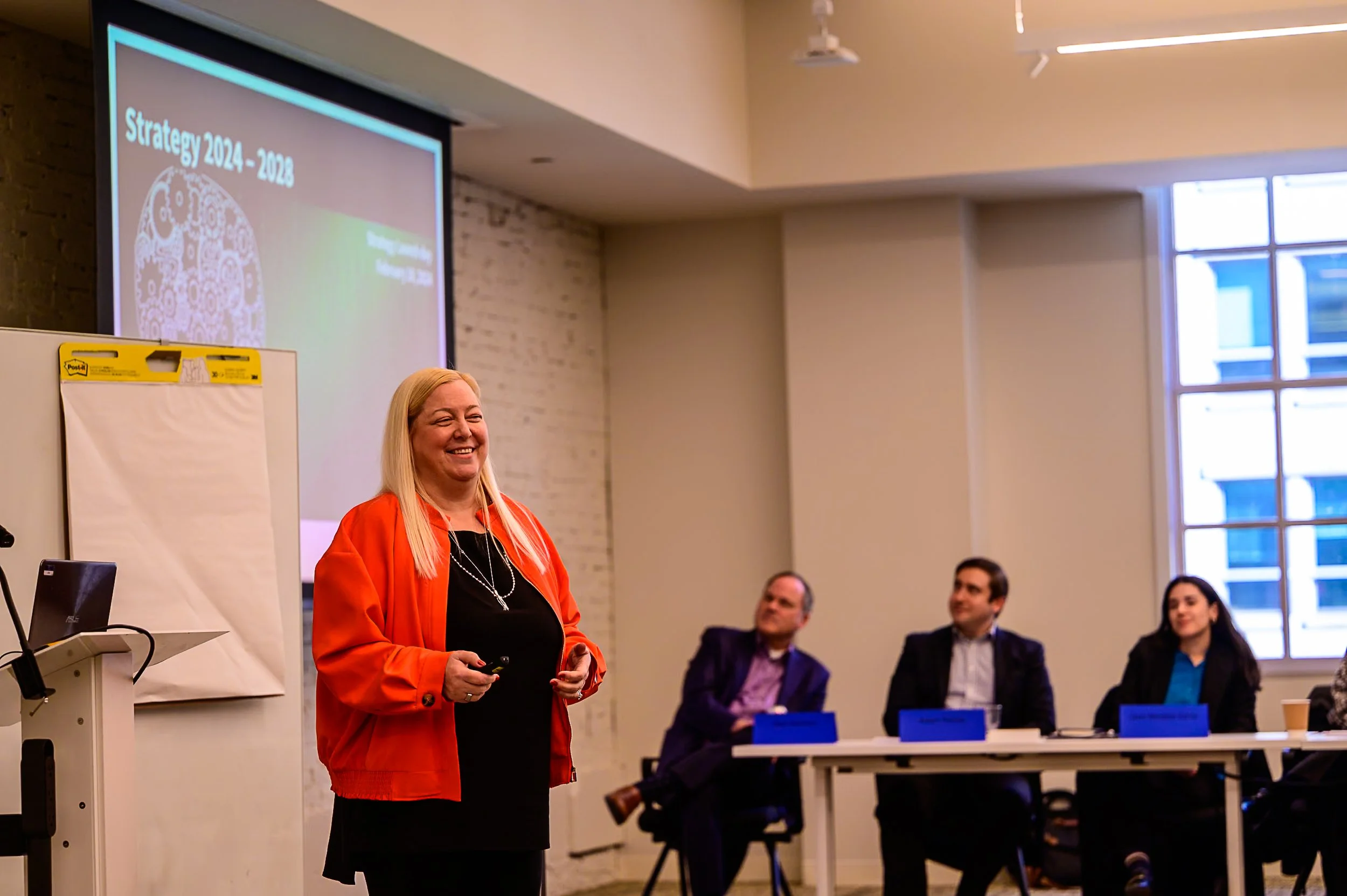
Taking a Human-centered Approach to Address Challenges at our Border
In today’s global landscape – shaped by increased migration, globalization, and evolving security concerns – agencies like U.S. Customs and Border Protection (CBP) must balance national security with the efficient processing of individuals entering the country lawfully. To manage risk and maintain security, CBP can continue to prioritize the needs of travelers who must enter the country quickly by taking a human-centered approach.
This approach considers the perspectives of travelers, border communities, and the CBP agents at official air, land, and sea ports of entry to inform effective and empathetic procedures. A core component is recognizing the many reasons people cross borders, whether for business, tourism, family visits, asylum, or events like the World Cup or the Olympics. Tailored solutions, such as digital pre-screening for low-risk travelers and partnerships with humanitarian organizations to support asylum seekers, can address these needs more effectively.
CBP already uses a human-centered approach in their collaboration with stakeholders. For example, the Trusted Traveler Programs (TTP), such as Global Entry and Secure Electronic Network for Travelers Rapid Inspection (SENTRI) serve the needs of frequent, low-risk travelers including business professionals and cross-border commuters. These programs offer expedited processing through dedicated lanes and automated kiosks. CBP can expand on this approach and continue to develop programs like TTP by engaging travelers and transportation industry stakeholders to streamline the inspection process, reduce wait times, and enhance the travel experience, all while maintaining security standards. This approach reflects a balance between operational efficiency and security by tailoring solutions to the needs of a key stakeholder group.
Technology also plays a critical role. Tools such as biometric identification and faster document verification reduce wait times and alleviate pressure on frontline personnel, allowing agents to provide better service. A truly human-centered approach must also support CBP employees by offering training, organizational resources, and a positive work environment, which fosters a motivated and responsive workforce.
By addressing the needs of travelers, communities, and personnel alike, CBP can create a border experience that is secure, efficient, and respectful. This approach promotes human-centered design, innovation, and employee well-being, all of which are essential to a modern and effective border management system.




















